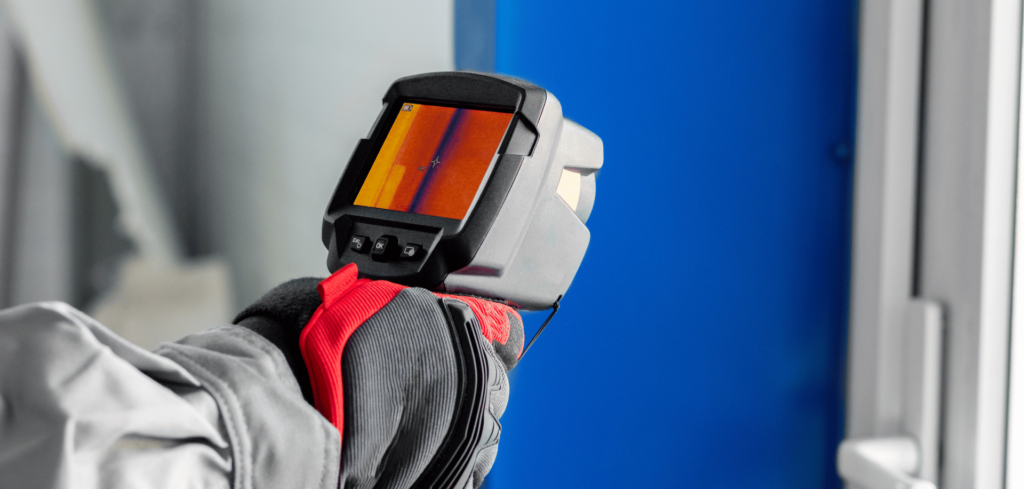U-value
U-value: all over heat transfer coefficient [W/(m²*K)]
The heat transfer coefficient is a measure for determining the amount of heat that
- from a gas or a liquid to a wall,
- is passed through the wall and
- on the other side of the wall merges into a liquid or gaseous substance.
The property is called as U-value in construction for the assessment of heat loss.
In process engineering, it is known by the term k value. There it is needed for the calculation of the efficiency of heat exchangers.

The heat transfer depends not only on the temperature difference between the media on the two sides of the wall but above all on the thermal conductivity of the wall, on the material properties of the media and on the flow conditions in the media.
While forced convection predominates in process engineering, free convection predominates in construction.
Forced convection takes place in piping and aggregates that feed materials with pumps and compressors.
The free convection is caused by temperature-induced pressure differences in the medium.
The heat transfer coefficients summarize the individual processes. It indicates how much heat flows per square meter of wall surface if there is a temperature difference of one Kelvin between the media on both sides. The value is given in the unit of measure [W / (m² * K)].
In construction, the lowest possible U-value is sought in order to minimize heat losses. Since the flow conditions in the different structures are similar and the flowing medium is always air, the assessment of the heat transfer focuses primarily on the thermal conductivity of the building materials.
The HFM (Heat Flow Meter) is a measuring device that has been specially developed for the characterization of insulating materials with low heat conduction.
